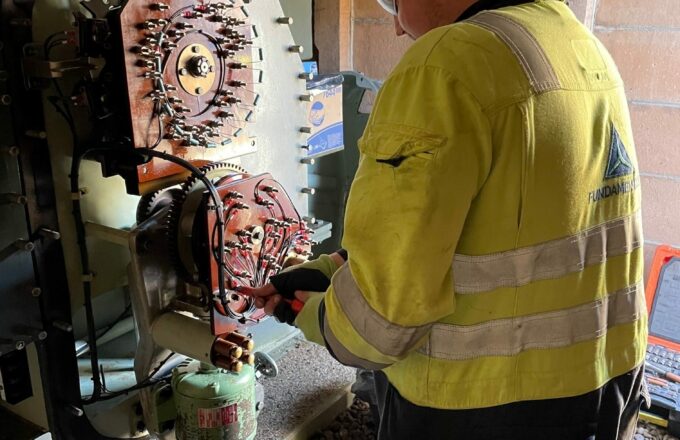What we can learn from South Australia’s target of 100% renewables by 2027

A Guardian report detailing South Australia’s plans to generate 100% of its electricity from renewables within just three years should be essential reading for GB Energy, politicians and our industry.
Spurred by a combination of climate-related disasters and catastrophic supply outages, Australia’s federal government has embarked on a radical programme of replacing coal-fired generators with Renewable Energy Zones by the 2030s. But the state of South Australia is planning to go much further and faster.
In 2023, wind and solar already produced 75% of the state’s electricity. Half of South Australia’s two million population already have rooftop solar – and on New Year’s Eve 2023, their panels generated 101.7% of state-wide electricity demand for 30 minutes.
But rooftop solar is only part of the state’s much wider renewables strategy, embracing multiple forms of generation, storage and green hydrogen production.
South Australia’s vision is to go beyond self-sufficiency to become an electricity exporter to other states.
According to the Australian Energy Market Operator, the contribution of domestic solar has been made possible by power system equipment providing security, smarter connections between rooftop solar and the grid, and policies which protect consumer from unwanted disruptions.
This is all part of South Australia’s focus on grid stability, flexibility and reliability.
The other major factor driving the transition in South Australia – and in fellow states and the federal government – has been an astonishing change in political positions. Even diehard coal supporters and climate change sceptics have come round to the view that renewables are cheaper and more sustainable in the long run.
Final words from South Australia: “The sooner you start, the easier it is. The real cost is being the last ones to make the change.”
Learn more

- Article
- Other
Should DNOs pay to keep their networks healthy?

- Article
- Industry News
- Other
How apprentices can get a head start in green energy careers

- Article
- Industry News
UAE to invest $54bn in green energy strategy

- Article
- Industry News